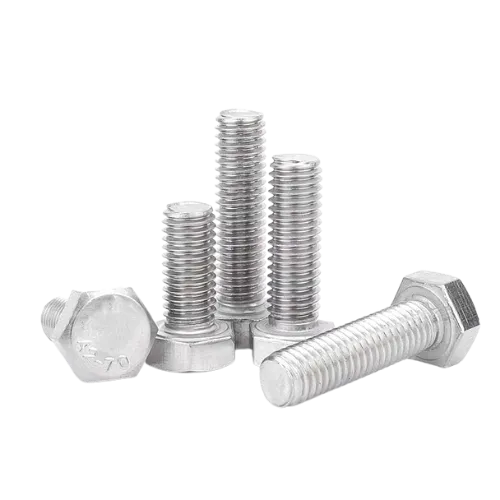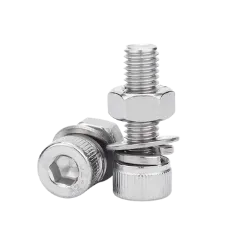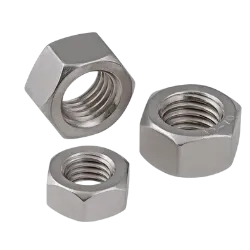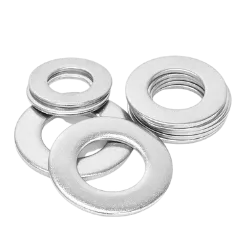How To Test 304 Stainless Steel?PMI is The Fastest
How to test 304 stainless steel is quite important for manufacturers of stainless steel fasteners.304 stainless steel is the most common and widely used stainless steel material.
The stainless steel material market has materials from big factories and materials from small steel mills. The chemical composition of 304 stainless steel material from small steel mills can not be guaranteed in the production of stainless steel screws and nuts, and it will also produce other production quality problems.
So how to test the chemical composition of 304 stainless steel materials, to protect the quality of stainless steel fasteners, as well as to protect the mechanical properties and anti-corrosion properties have a very important role.
Our factory produces 304 stainless steel bolts and nuts of raw materials are from the domestic steel mills, in the raw materials into the factory, according to the 3.1 raw material certificates provided by the steel mills, the chemical composition of the material for testing.
The main method is to use hand-held PMI machinery for testing, this method is fast and accurate. Next, I will introduce the method and advantages of PMI testing.
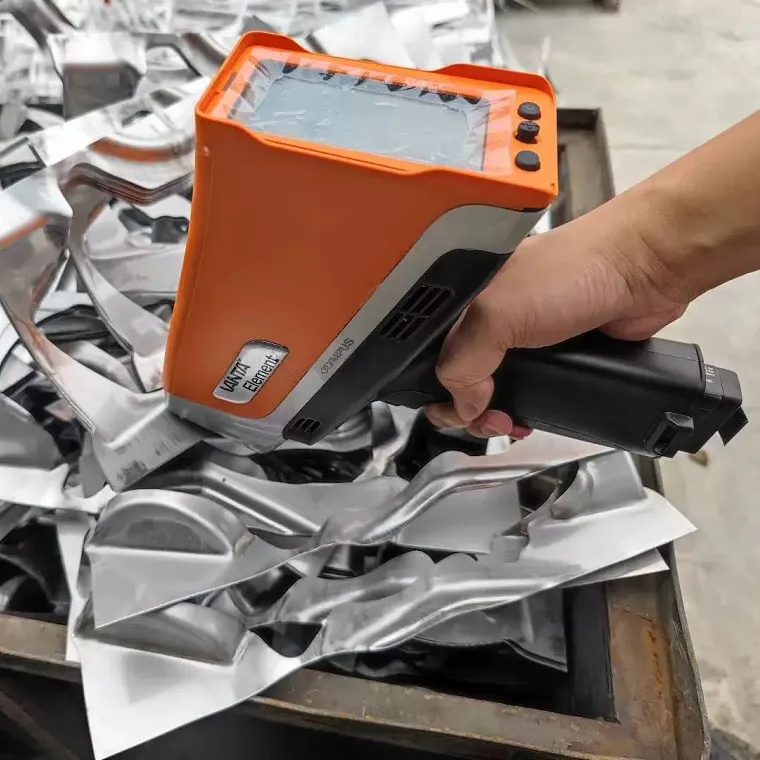
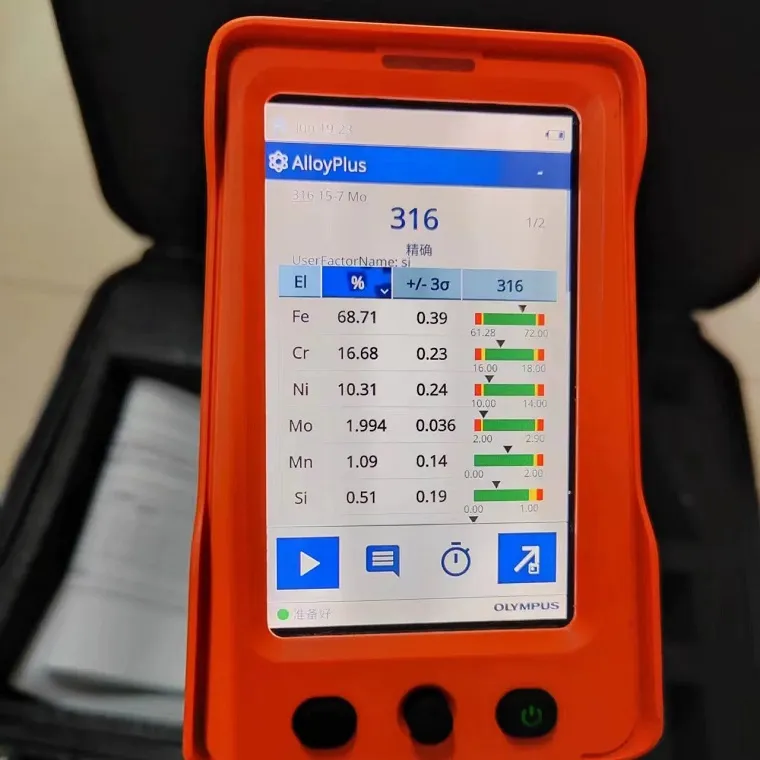
Test 304 Stainless Steel PMI Chemical Composition
Test 304 Stainless Steel use PMI machine is the best way, easy and fast. PMI chemistry, known as Positive Material Identification, or Positive Material Identification technology, is a commonly used method for materials analysis and quality control.
It determines the chemical composition and properties of materials by measuring the elemental composition of the material. The principles, applications and advantages of PMI chemistry are described below.
Principles of PMI Chemistry
PMI chemistry is based on the principle of spectroscopy and analyses the composition of a material by measuring the emission or absorption spectra of the elements in the sample.
Specifically, PMI chemistry uses both photoelectron emission spectroscopy (X-ray fluorescence spectroscopy) and photoelectron absorption spectroscopy (photoelectron spectroscopy).
X-ray Fluorescence Spectroscopy (XRF) is a non-destructive analytical method that determines the elemental composition of a material by placing the sample in an X-ray beam, which excites the atoms in the material to emit characteristic X-rays, and measuring the X-rays at different energies.
Photoelectron spectroscopy is a non-destructive analytical method that determines the elemental composition of a material by measuring the energy of photons absorbed by the material.
Applications of PMI Chemistry
Material Analysis
PMI chemistry is widely used in the field of material analysis to determine the chemical composition, impurity content and crystal structure of materials.
For example, in the metal manufacturing industry, PMI chemistry can be used to test the composition of metal materials to ensure that the material meets the requirements, and avoid accidents and losses caused by substandard materials.
Quality Control
PMI chemistry can be used for testing and verification in the quality control process.
Through PMI chemical analysis of products, it can be confirmed that the material composition of the product meets the specified standards, ensuring the quality and performance of the product.
Failure Analysis
In material failure analysis, PMI chemistry can help determine the elemental composition of the material and identify the cause of the failure.
By analysing the composition of the faulty material, it is possible to determine whether there is a material defect or abnormality, so as to propose appropriate improvement and repair solutions.
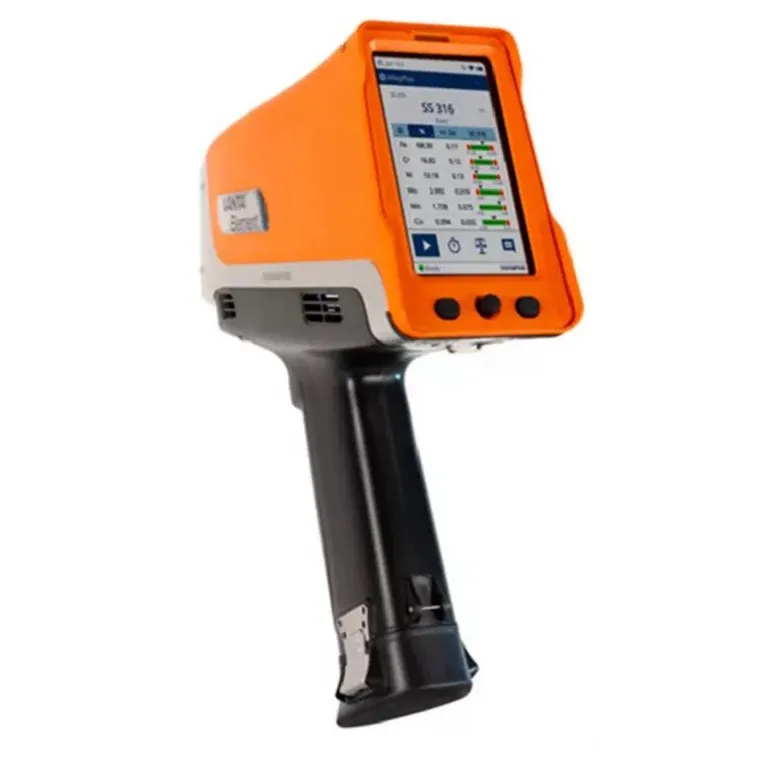
Advantages of PMI Chemistry
Non-Destructive
PMI chemistry is a non-destructive analytical method that can be performed without destroying the sample.
This is important for valuable materials or complex structures, as it maintains the integrity of the material and avoids secondary contamination or damage to the sample.
Fast and Accurate
PMI chemistry can be analysed in a short period of time with a high degree of accuracy and precision.
Through the use of advanced instrumentation and analytical methods, accurate compositional data can be obtained quickly, improving work efficiency and quality control.
Multi-Analysis
PMI chemistry can analyse the content and type of several elements simultaneously. This gives it a wide range of applications in materials analysis and quality control that meets the needs of different industries and fields
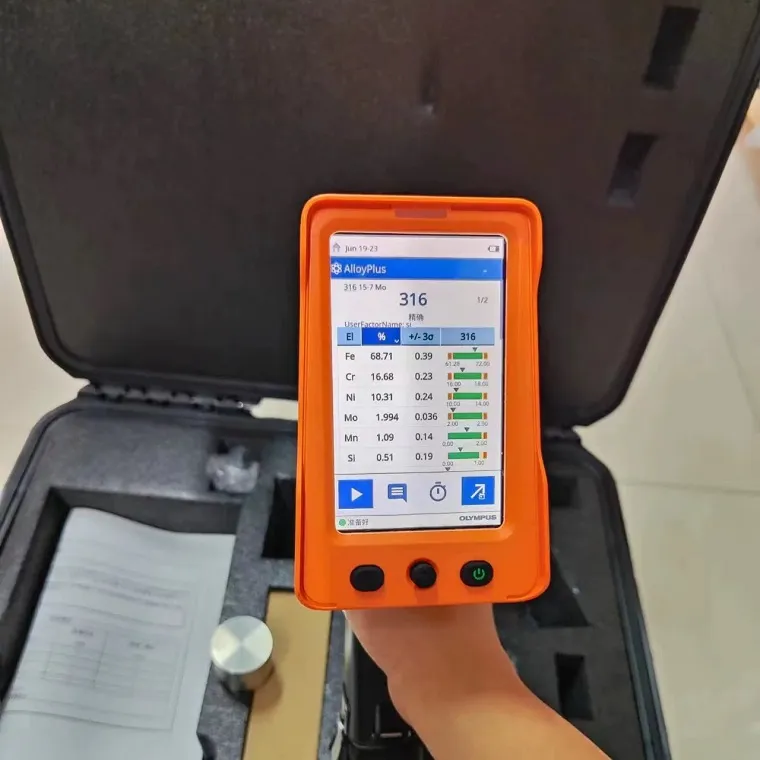
Summary
PMI chemistry, as a commonly used method for materials analysis and quality control, is non-destructive, fast, accurate and multivariate.
It can be used to determine the chemical composition and properties of materials by measuring the elemental composition of materials, thus ensuring the quality and safety of products.
With the continuous progress of science and technology, PMI chemical technology will play an important role in more fields and provide strong support for industrial development and scientific research.
Contact the Experts
- Ding Fasteners
- N0.52 Qinfen Rd, Haiyan Zhejiang China
- [email protected]
- +86-573-86221432

